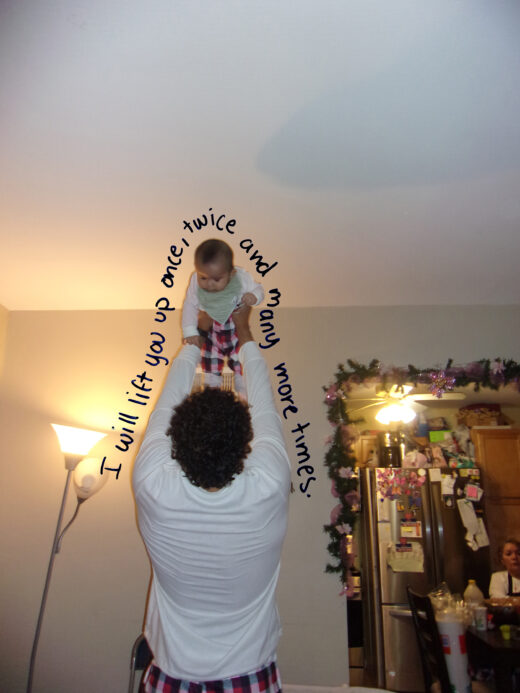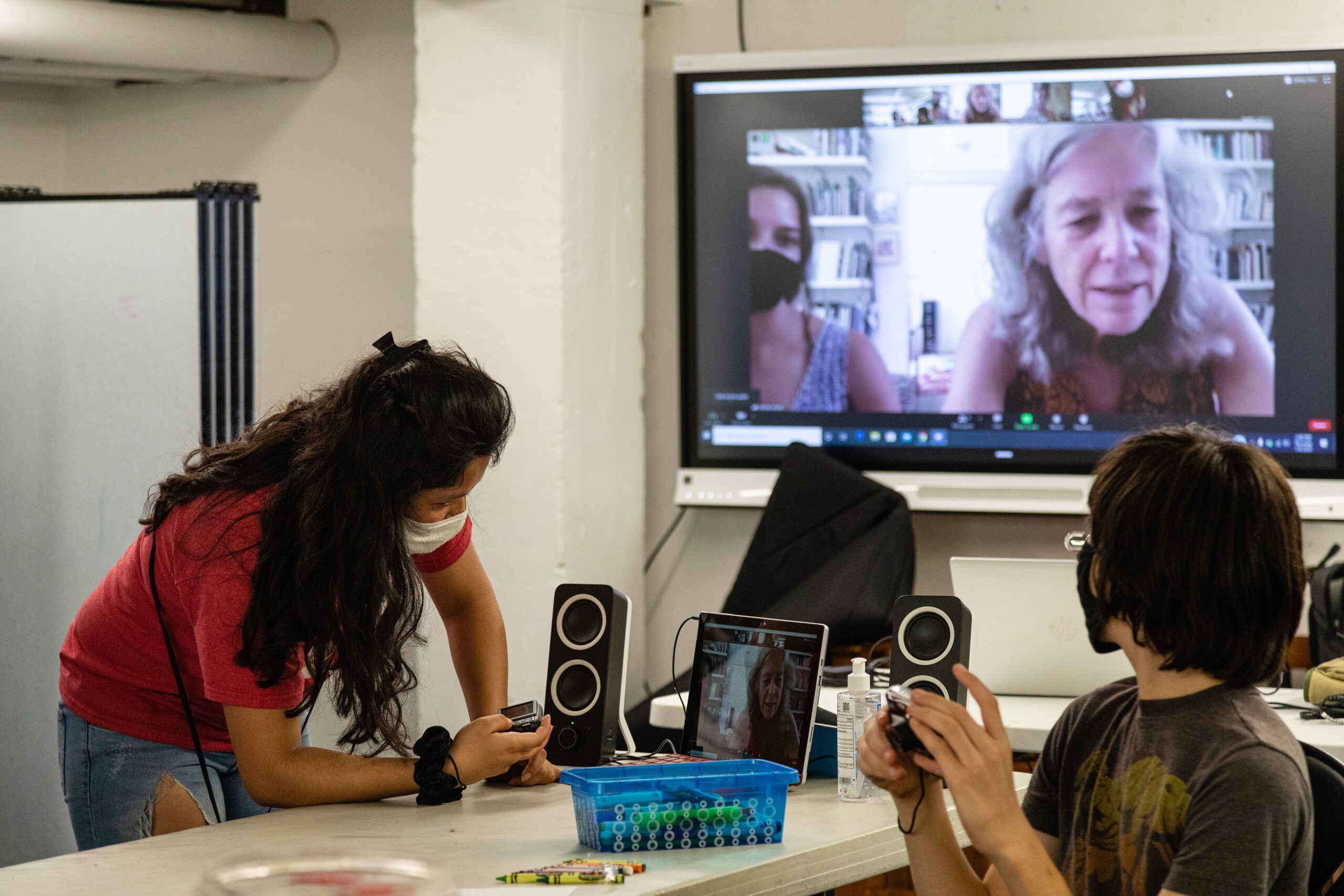An Invitation to Engage Our Community

“Oh, you’re going to school in Chicago?”
It’s a conversation that every suburban kid who enrolls in the University of Chicago is familiar with: “be careful out there” or “watch out for yourself.” I’ve had the same conversation with members of the University community: the perennial debate of gunshot or firework or musings on whether it’s safe to take the CTA from people whose only interaction with the South Side has been trips to their local grocery store and shuttling between University buildings. So when I saw an opportunity to contribute a piece to the Art of Change newsletter on the citywide exhibition Toward Common Cause from a student’s perspective, I was ecstatic. Ecstatic because after a year of collaborating on this topical exhibition, I have become convinced that now, more than ever, this exhibition is needed by our community.
Needed because it starts a necessary conversation about the legacies that define our adopted spaces and city. Too often, we as individuals and as a community—at best—don’t know how to respectfully navigate these spaces and—at worst—are inclined to perpetuate the same tired stereotypes and prejudices surrounding these spaces. Moreover, after a year of unrelenting trauma—the loss of students due to senseless violence, a summer of activism and civil unrest in protest of systemic racism, a pandemic that has disproportionately ravaged our greater South Side community—the need for dialogue and mutual understanding of these legacies is more urgent than ever. Considering the vantage point of an academic institution, the impulse to retreat to the hermetically sealed environment of the classroom to understand this trauma is real. But studying these inequities through readings and discussions with fellow students and faculty who, more likely than not, have not lived through these inequities will only get us so far. It is my earnest belief that Toward Common Cause’s commitment to community art, platforming of voices and artists from these communities, and naked portrayal of the realities that mold the spaces we as an institution take up will push us further toward reaching the kind of understanding that is needed.
What excites me the most as a member of the University community is the opportunity that Toward Common Cause offers for students and faculty members to go into these spaces and experience what it means to live in these communities. How might we as a University community be able to grow not only as scholars but as fellow members of the greater South Side and Chicago community if, instead of relying on dense academic literature to shape our understanding of these spaces, we engage with them directly? If, instead of learning about the issue of childhood lead poisoning and environmental racism from textbooks and policy memos, we go to Mel Chin’s and Iñigo Manglano-Ovalle’s collaborative installations at the Sweet Water Foundation to see our readings come to life and interact with the very spaces and people affected by these issues?
As a member of the small Museum team that meticulously toiled to translate and transcribe promotional material, wall text, audiovisual media, digital materials, and countless other textual and media files in English and Spanish, I am proud that Toward Common Cause is one of the most accessible exhibitions ever put on by the Smart Museum. It is my hope that this accessibility translates into the sort of space and opportunity where University students and scholars can come together with members of our adopted community to learn about and engage in meaningful dialogue about the legacies and inequalities that mold our shared spaces. A key step in achieving this is through the sheer quality and critical nature of Toward Common Cause.

After a year of working with MacArthur Fellows on their respective installations, whether in archival research on the history of the Mexican-American community in Chicago or assisting in a series of photography workshops for immigrant youth, I’ve seen how many of the artists involved root their artistic practice in community-centric approaches. Fellow Amalia Mesa-Bains, a pioneer of the early Chicana movement and someone I’ve had the great pleasure of working with over the course of the last year, opted to root her installation in her family history in South Chicago and the greater Mexican-American community of Chicago. Fellow Wendy Ewald’s installation in partnership with Centro Romero in Andersonville focuses on empowering first- and second-generation Americans to document their own experiences and find their own voices.
This is the true beauty of Toward Common Cause. By focusing on both embedding institutional art in community spaces and cultivating voices from these very communities, the exhibition offers visitors and the University community an invitation to interact with people and ideas from inside and outside these spaces. This is key to the mission of Toward Common Cause—at the end of the day, the first step to achieving effective dialogue and exchange is actively listening to the experiences and perceptions of others. If the University community truly wants to learn how to get along better with the surrounding community, this is an invitation that I hope it accepts.
Juan Pablo Azuero-Dajud (he/him/his) is a recent graduate of the University of Chicago and K-12 Education Intern at the Smart Museum.